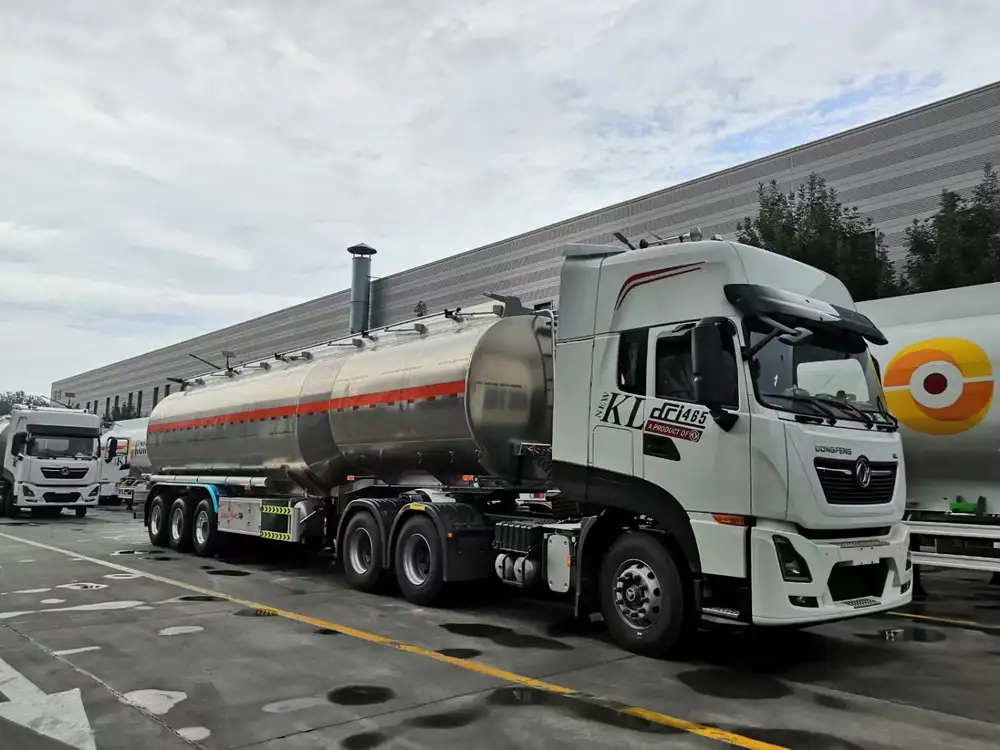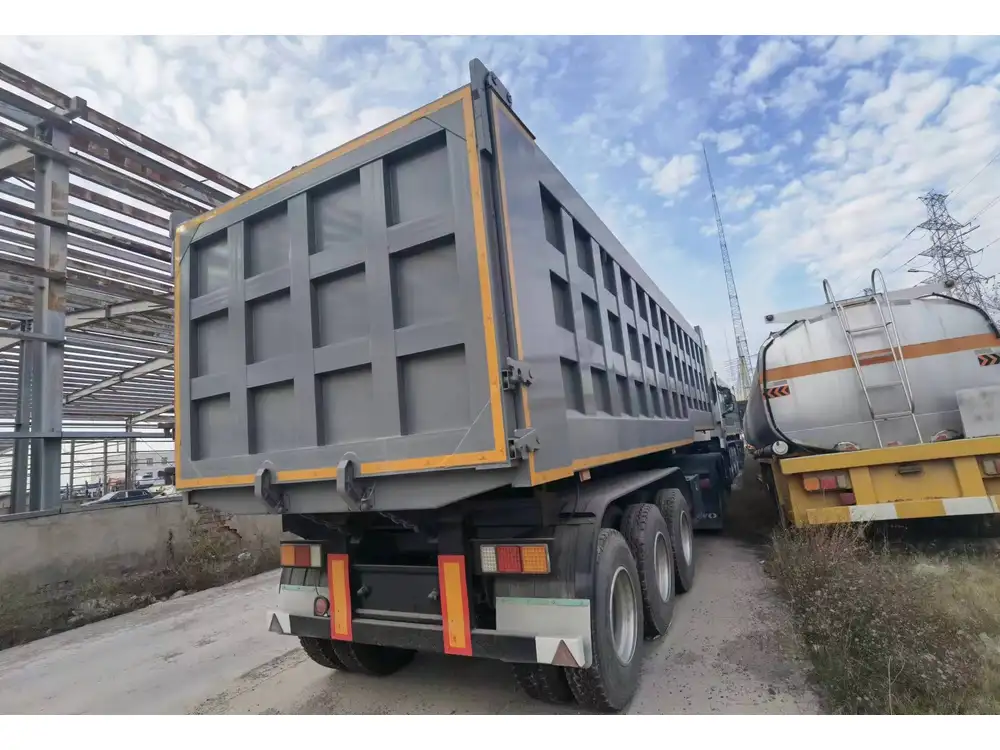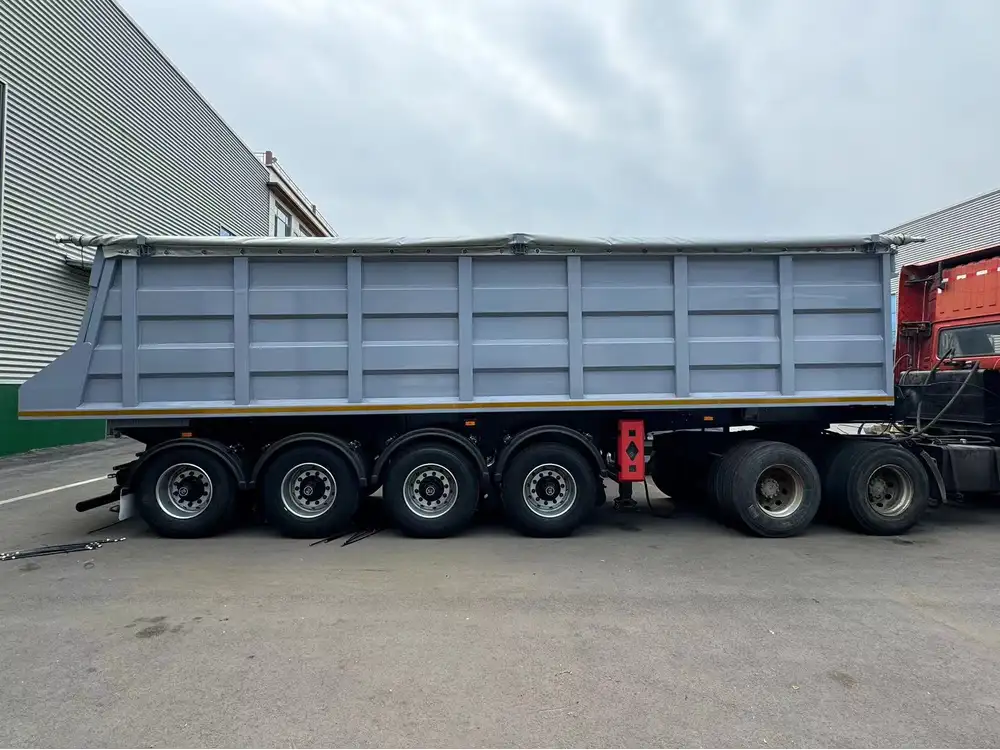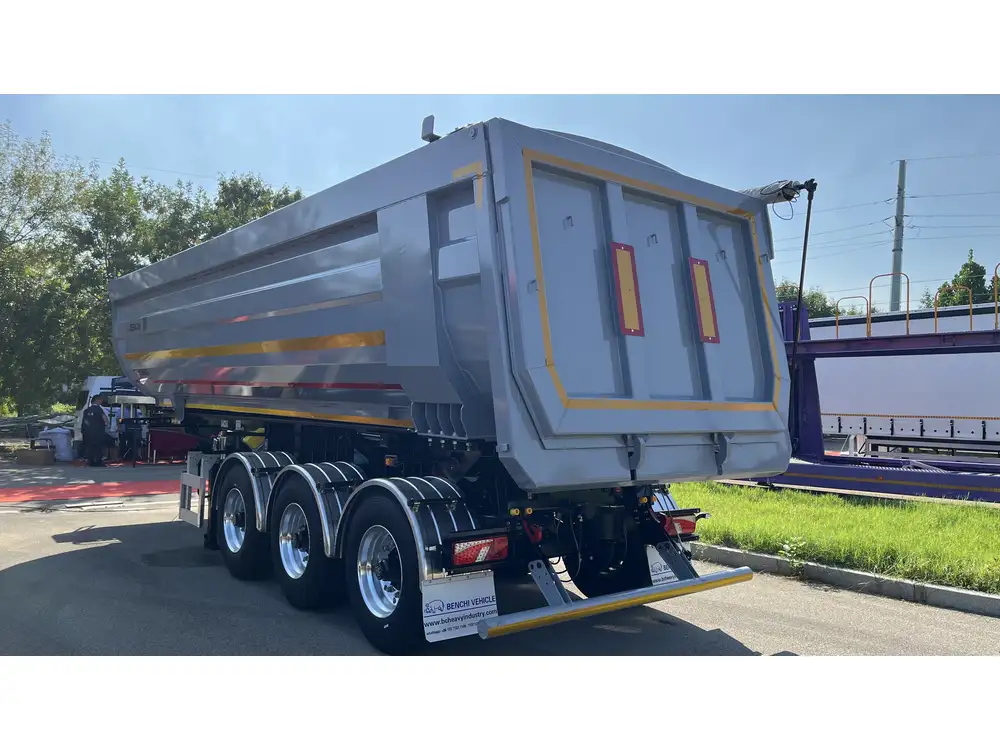Efficiently loading cattle into trucks is a critical process in the livestock transportation industry. At CarMax Vehicle, we understand the complexities involved in ensuring the safe and humane transport of cattle. This guide provides an in-depth analysis of the best practices, equipment solutions, and safety measures essential for optimizing the loading process. Whether you’re a seasoned livestock manager or new to cattle transportation, our insights aim to enhance your operations, improve animal welfare, and ensure compliance with industry standards.
Understanding the Importance of Proper Loading Techniques
Loading cattle into trucks is not merely a logistical task; it significantly impacts animal welfare, transportation efficiency, and overall operational success. Proper loading techniques reduce stress and injury risks to cattle, ensure compliance with animal transportation regulations, and enhance the longevity and reliability of your transportation equipment.
Key Objectives of Effective Cattle Loading
- Animal Welfare: Minimizing stress and preventing injuries during transport.
- Operational Efficiency: Streamlining the loading process to save time and reduce labor costs.
- Compliance and Safety: Adhering to legal standards and ensuring the safety of both animals and handlers.

Step-by-Step Process for Loading Cattle into Trucks
1. Pre-Loading Preparations
Before initiating the loading process, several preparatory steps are crucial to ensure a smooth operation.
Assessing the Health and Condition of Cattle
- Health Checks: Inspect cattle for signs of illness or injury. Only healthy animals should be transported to prevent the spread of diseases and reduce stress.
- Identification: Ensure all cattle are properly tagged and documented as per regulatory requirements.

Preparing the Loading Area and Equipment
- Loading Ramps and Chutes: Ensure that ramps and chutes are securely attached to the truck and free from obstructions.
- Lighting and Ventilation: Adequate lighting and ventilation are essential for visibility and maintaining a comfortable environment for cattle during loading.
2. Designing the Truck for Optimal Loading
The design of the transport vehicle plays a pivotal role in the efficiency and safety of the loading process. CarMax Trailer specializes in manufacturing semi-trailers tailored for livestock transportation, incorporating features that facilitate efficient loading and unloading.
Key Design Features
| Feature | Description |
|---|---|
| Adjustable Ramps | Facilitate easy entry and exit for cattle, reducing the risk of injury. |
| Non-Slip Flooring | Prevents cattle from slipping, ensuring steady footing during transport. |
| Adequate Ventilation | Maintains air quality and comfort during transit. |
| Secure Fencing | Prevents cattle from escaping or moving excessively during transport. |
| Easy Cleaning Surfaces | Simplifies maintenance, ensuring a hygienic environment for cattle. |

3. Loading Techniques to Minimize Stress and Injury
Employing proper loading techniques is essential to ensure the well-being of cattle and the efficiency of the operation.
Gentle Herding Practices
- Use of Low-Stress Handling Methods: Avoid sudden movements and loud noises. Utilize trained personnel to guide cattle calmly.
- Natural Behaviors: Leverage cattle’s instinct to follow each other and move forward naturally rather than forcefully pushing them.
Strategic Placement in the Truck
- Balanced Distribution: Ensure even weight distribution to maintain vehicle stability during transit.
- Adequate Space: Provide enough space for cattle to lie down if necessary, reducing stress and preventing injuries.

4. Safety Measures During Loading
Ensuring the safety of both cattle and handlers is paramount during the loading process.
Protective Gear for Handlers
- Gloves and Boots: Protect against injuries while handling cattle.
- Visibility Clothing: High-visibility vests or jackets enhance safety in busy loading areas.
Emergency Protocols
- Calming Agents: Utilize sprays or other non-invasive methods to calm distressed animals.
- First Aid Supplies: Have a first aid kit readily available to address any injuries promptly.

Advanced Equipment Solutions for Efficient Cattle Loading
Investing in high-quality equipment is essential for optimizing the loading process. CarMax Vehicle offers a range of solutions designed to enhance efficiency, safety, and animal comfort.
CarMax Vehicle’s Livestock Trailers
Our trailers are engineered with the latest technology to meet the demands of modern livestock transportation.
Features and Benefits
- Modular Design: Allows customization based on specific needs, whether for small or large-scale operations.
- Automated Ventilation Systems: Maintain optimal air quality with minimal manual intervention.
- Integrated Loading Systems: Simplify the loading process with features like hydraulic ramps and adjustable chutes.

Innovative Loading Equipment
Beyond trailers, we provide a variety of loading accessories that further streamline the process.
Examples
- Push Sticks and Panels: Assist handlers in guiding cattle without direct contact, reducing stress for both animals and operators.
- Landing Plates: Extend the ramp’s reach, providing better access for cattle and minimizing the risk of falls.
- Adjustable Gates: Offer flexible entry and exit points, accommodating different cattle sizes and behaviors.
Comparative Analysis: Traditional vs. Modern Loading Techniques
Understanding the advantages of modern methods over traditional practices can significantly impact the efficiency and safety of cattle loading.
| Aspect | Traditional Methods | Modern Techniques with CarMax Trailer |
|---|---|---|
| Loading Speed | Slower due to manual handling and less efficient designs | Faster with automated systems and ergonomic designs |
| Animal Stress Levels | Higher due to less controlled environments | Lower with adjustable ventilation and stress-reducing features |
| Safety for Handlers | Increased risk of injuries from direct handling | Enhanced safety with protective equipment and automated tools |
| Maintenance Effort | More labor-intensive and time-consuming | Simplified with easy-clean surfaces and modular components |
| Overall Efficiency | Lower due to outdated equipment and methods | Higher with integrated systems designed for optimal performance |

Best Practices for Maintaining Livestock Trailers
Regular maintenance of transport equipment is crucial to ensure longevity, performance, and safety.
Routine Inspections
- Structural Integrity: Check for any signs of wear and tear, rust, or damage to the trailer’s frame and components.
- Functional Systems: Ensure that ventilation, lighting, and loading mechanisms are operating correctly.
Cleaning and Sanitation
- Regular Cleaning Schedule: Maintain hygiene standards by cleaning trailers after each use to prevent disease transmission.
- Use of Non-Toxic Cleaners: Select cleaning agents that are safe for animals and effective in removing contaminants.

Preventative Maintenance
- Scheduled Servicing: Follow manufacturer guidelines for regular servicing of mechanical and electrical systems.
- Spare Parts Inventory: Keep essential spare parts on hand to address any unexpected issues promptly.
Legal and Regulatory Compliance
Adhering to legal standards is non-negotiable in livestock transportation. Compliance ensures the welfare of cattle and protects your operations from legal repercussions.
Key Regulations to Follow
- Animal Welfare Acts: Comply with national and regional laws governing the humane treatment of livestock during transport.
- Vehicle Standards: Ensure trailers meet all safety and operational standards set by transportation authorities.
- Documentation: Maintain accurate records of animal health, transport conditions, and driver certifications.

Certification and Training
- Certified Handlers: Employ staff trained in animal handling and transportation best practices.
- Continuous Education: Stay updated with the latest regulations and industry standards through ongoing training programs.
Enhancing Operational Efficiency with Technology
Leveraging technology can transform the cattle loading process, making it more efficient and responsive to dynamic needs.
Automated Monitoring Systems
- Real-Time Tracking: Monitor the location and condition of cattle during transit.
- Environmental Controls: Automatically adjust ventilation, temperature, and lighting based on real-time data.

Data Analytics
- Performance Metrics: Analyze loading times, stress indicators, and transportation outcomes to identify areas for improvement.
- Predictive Maintenance: Use data insights to anticipate equipment maintenance needs, preventing downtime and ensuring reliability.
Addressing Common Challenges in Cattle Loading
Despite advancements, several challenges persist in the process of loading cattle into trucks. Identifying and addressing these issues is essential for maintaining operational excellence.
Managing Behavioral Variations
- Handling Diverse Temperaments: Implement tailored strategies for different cattle temperaments to minimize stress and resistance during loading.
- Consistent Routines: Establish and maintain consistent loading routines to create a predictable environment for cattle.

Adapting to Environmental Conditions
- Extreme Weather: Equip trailers with adequate insulation and ventilation to protect cattle from extreme temperatures.
- Uneven Terrain: Use adjustable ramps and stable loading platforms to accommodate various terrain conditions safely.
Ensuring Continuous Improvement
- Feedback Mechanisms: Collect feedback from handlers and drivers to identify pain points and areas for enhancement.
- Industry Collaboration: Engage with industry associations and participate in forums to stay informed about emerging best practices and technologies.
The Role of CarMax Vehicle in Transforming Cattle Loading
At CarMax Vehicle, our mission is to innovate and provide top-tier solutions that address the multifaceted challenges of cattle transportation. Our trailers and equipment are designed with the latest advancements, ensuring that you have the tools necessary to optimize your loading processes effectively.

Commitment to Quality and Innovation
- Research and Development: Continuous investment in R&D to develop cutting-edge features that enhance livestock transportation.
- Customer-Centric Design: Collaborate with clients to understand their specific needs and tailor solutions accordingly.
Comprehensive Support and Services
- Installation and Training: Provide comprehensive installation services and training programs to ensure seamless integration of our equipment into your operations.
- Maintenance and Repairs: Offer ongoing maintenance and repair services to keep your transport systems running smoothly.
Conclusion
Loading cattle into trucks is a complex process that requires meticulous planning, the right equipment, and adherence to best practices to ensure the safety and well-being of both animals and handlers. At CarMax Vehicle, we are dedicated to providing innovative trailer solutions and comprehensive support to enhance your livestock transportation operations. By implementing the strategies and utilizing the equipment outlined in this guide, you can achieve greater efficiency, reduce stress on cattle, and maintain compliance with industry regulations, ultimately driving the success of your business.

Frequently Asked Questions
1. What are the key features to look for in a cattle transport trailer?
When selecting a cattle transport trailer, consider features such as adjustable ramps, non-slip flooring, adequate ventilation, secure fencing, and easy-to-clean surfaces. CarMax Vehicle’s trailers incorporate these elements to ensure efficient and safe transportation.
2. How can I minimize stress for cattle during loading and transport?
To minimize stress, use low-stress handling techniques, maintain a consistent loading routine, ensure proper ventilation and comfortable temperatures, and provide adequate space within the trailer. Investing in quality equipment like CarMax trailers also contributes significantly to reducing stress levels.

3. What are the common mistakes to avoid when loading cattle into trucks?
Common mistakes include rushing the loading process, using excessive force, overloading the trailer, neglecting regular equipment maintenance, and failing to adhere to safety protocols. Avoiding these errors helps ensure the safety and well-being of both cattle and handlers.
4. How often should I maintain my cattle transport trailer?
Regular maintenance is essential for optimal performance and longevity. Conduct routine inspections before and after each use, follow a scheduled maintenance plan as recommended by the manufacturer, and address any repairs promptly to prevent further issues.
5. Are there specific regulations I need to follow for transporting cattle?
Yes, transportation of cattle is governed by various animal welfare acts, vehicle standards, and documentation requirements that vary by region. It is crucial to stay informed about and comply with all relevant regulations to ensure legal and humane transportation practices.



